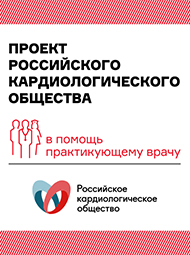Infective Endocarditis Entry Portals
Study Questions:
What are the portals of entry for organisms resulting in infective endocarditis (IE)?
Methods:
Patients with definite IE at a single tertiary hospital in France were prospectively enrolled since 2005 in a study that sought to identify the point of entry of the organism responsible for IE, and sites that might serve as points of entry for future episodes of IE. Apparently without requiring informed consent, all patients were evaluated by a stomatologist (a specialist in oral medicine, presumably including specialties of dental medicine and oral and maxillofacial medicine) with a rotational panoramic dental x-ray; an ear, nose, and throat specialist; a urologist; a gynecologist if female; and a dermatologist if there were cutaneous or periorifice lesions. All patients underwent cerebral and thoraco-abdomino-pelvic scans; and colonoscopy and gastroscopy were performed if micro-organisms were thought to be of gastrointestinal origin and patients either were ≥50 years old or there was a family history of colonic polyposis. For each micro-organism, the most likely point of entry was inferred from its natural habitat or by literature-based determination of its site of colonization in humans.
Results:
Of 444 patients hospitalized between 2005 and 2011, 318 patients were included (after excluding 82 who died during the hospitalization and 44 with unavailable medical records). A point of entry was identified in 238 patients (74%). The most frequent was cutaneous (96 [40%]), of which 21 (22%) were associated with intravenous drug use and 75 (78%) were not. Oral and dental points of entry were thought to occur in 68 patients (29%), of which 59% were attributed to a dental infection and 12% to a dental procedure. A gastrointestinal point of entry was established in 56 patients (24%); approximately one half of those patients were found to have colonic polyps, and 14% had a colorectal adenocarcinoma. Searching for an oral/dental or a gastrointestinal point of entry was successful in 53% and 40% of patients, respectively.
Conclusions:
The authors concluded that a search for points of entry of organisms causing IE often was successful; they advised systematic performance of a stomatologic examination in patients with IE, and performance of a colonoscopy in patients ≥50 years old or with a high risk of colorectal cancer.
Perspective:
Perhaps the strength of this study is to show that people hospitalized for IE often have a potentially identifiable point of entry of the organism if enough searching and testing is done.
Source: www.acc.org






